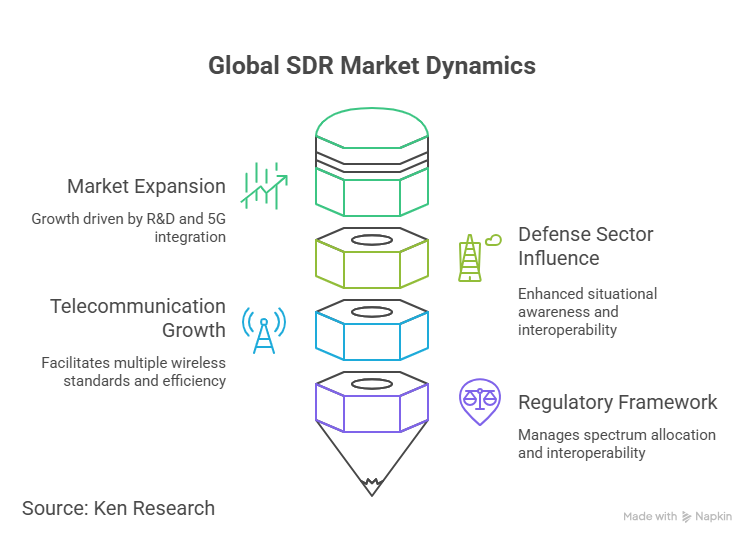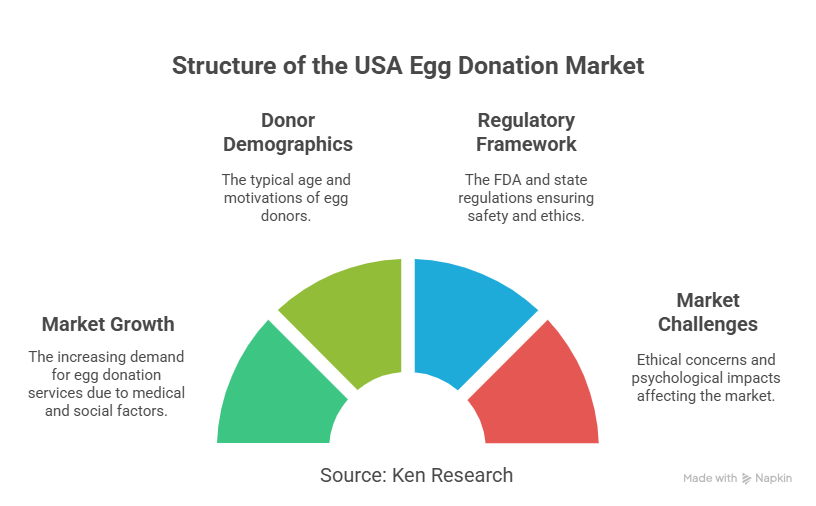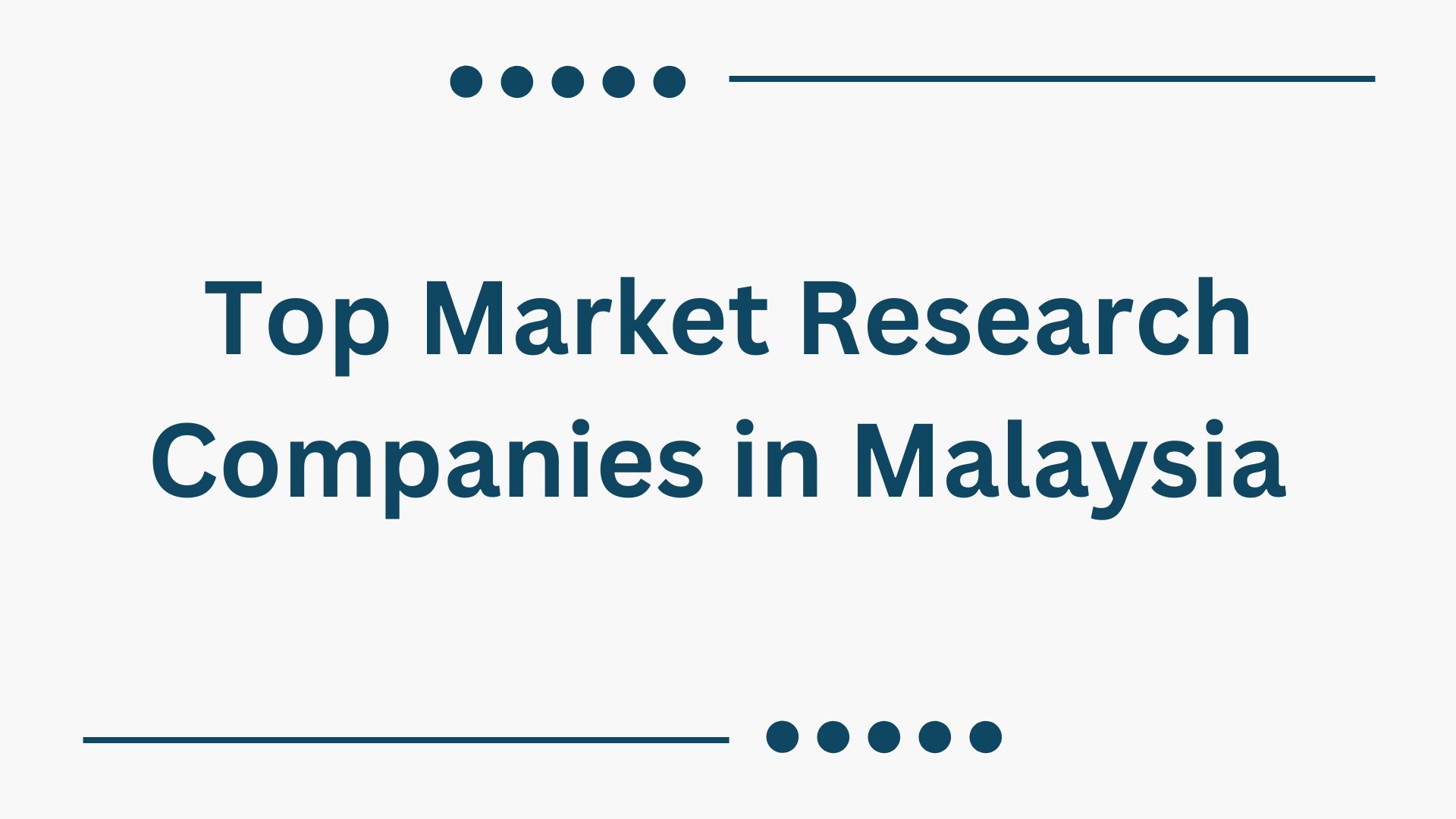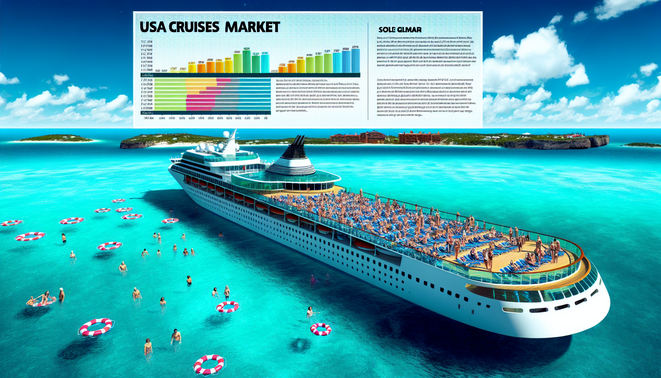The Emerging Trends that are Shaping the Asia Pacific Food Hydrocolloids Market

Strong 8k brings an ultra-HD IPTV experience to your living room and your pocket.
The Asia Pacific Food Hydrocolloids Market, valued at USD 1.3 billion, is witnessing accelerated growth, driven by the region's increasing shift toward clean-label, health-conscious, and plant-based food consumption. Hydrocolloids such as xanthan gum, guar gum, pectin, and carrageenan have become essential in modern food processing, playing a critical role in enhancing texture, improving shelf stability, and enabling fat and sugar reduction across various applications.
Explore the Full Report on Asia Pacific Food Hydrocolloids Market
Demand for Clean-Label and Natural Ingredients
One of the most significant trends driving hydrocolloid adoption in Asia Pacific is the rising consumer preference for clean-label foods. A growing number of consumers—especially in China, Japan, South Korea, and India—are looking for food products with minimal additives, natural ingredients, and transparent labeling. According to recent studies, 74% of regional consumers prioritize 100% natural groceries, making hydrocolloids like pectin and xanthan gum increasingly valuable for food manufacturers. These ingredients help maintain product quality while meeting clean-label expectations, particularly in the bakery and dairy segments.
Boom in Plant-Based and Vegan Food Products
The rise of plant-based diets has created a surge in demand for ingredients that replicate the taste, texture, and mouthfeel of animal-based products. Hydrocolloids like guar gum and carrageenan are used extensively to simulate the creaminess of dairy or the chewiness of meat in vegan alternatives. This trend is especially strong in markets such as Australia, Singapore, and India, where plant-based innovation is supported by food tech startups and changing consumer values.
Surge in Processed and Convenience Foods
Urbanization, dual-income households, and busy lifestyles have contributed to the growing consumption of processed and ready-to-eat foods across Asia Pacific. Hydrocolloids are key to improving the stability, consistency, and shelf life of these products. In particular, cities like Shanghai lead in hydrocolloid demand due to their advanced food processing infrastructure and large-scale manufacturing capabilities.
Strategic Expansion by Leading Players
Top global companies such as Cargill, DuPont, Kerry Group, CP Kelco, and Ingredion are investing heavily in R&D and local production. For instance:
- In 2023, Cargill launched its Cocoa Development Center in Indonesia to promote localized innovation.
- CP Kelco invested $60 million in expanding citrus fiber production to meet growing demand for label-friendly, fiber-rich ingredients.
These moves reflect the broader push toward sustainable and customizable food solutions.
Functional Food Integration
Hydrocolloids are increasingly used in functional foods and dietary supplements, including fortified beverages, probiotic yogurts, and nutritional gummies. This is especially evident in Japan and South Korea, where health-conscious consumers are seeking foods that offer both nutritional and therapeutic benefits.
Supportive Policy and Regulatory Developments
Governments in Asia are taking steps to modernize food processing and safety standards:
- India’s Uttar Pradesh Food Processing Policy 2023 provides capital subsidies, cold chain support, and tax incentives to promote innovation.
- China’s National Health Commission is implementing new food packaging standards effective February 2025, aimed at improving safety and sustainability.
Conclusion
The Asia Pacific Food Hydrocolloids Market is on a strong growth trajectory, powered by:
- Increased demand for clean-label and plant-based formulations
- Growth in functional and fortified food applications
- Active investment by global ingredient leaders
- Strong backing from government incentives and food safety policies
Countries like China, India, and Japan are set to remain at the forefront of market growth, with innovations in texture, stability, and sustainability shaping the future of food. As consumer preferences continue to evolve, hydrocolloids will become even more critical in delivering healthier, longer-lasting, and sensory-rich food products to the Asia Pacific market.
Note: IndiBlogHub features both user-submitted and editorial content. We do not verify third-party contributions. Read our Disclaimer and Privacy Policyfor details.







